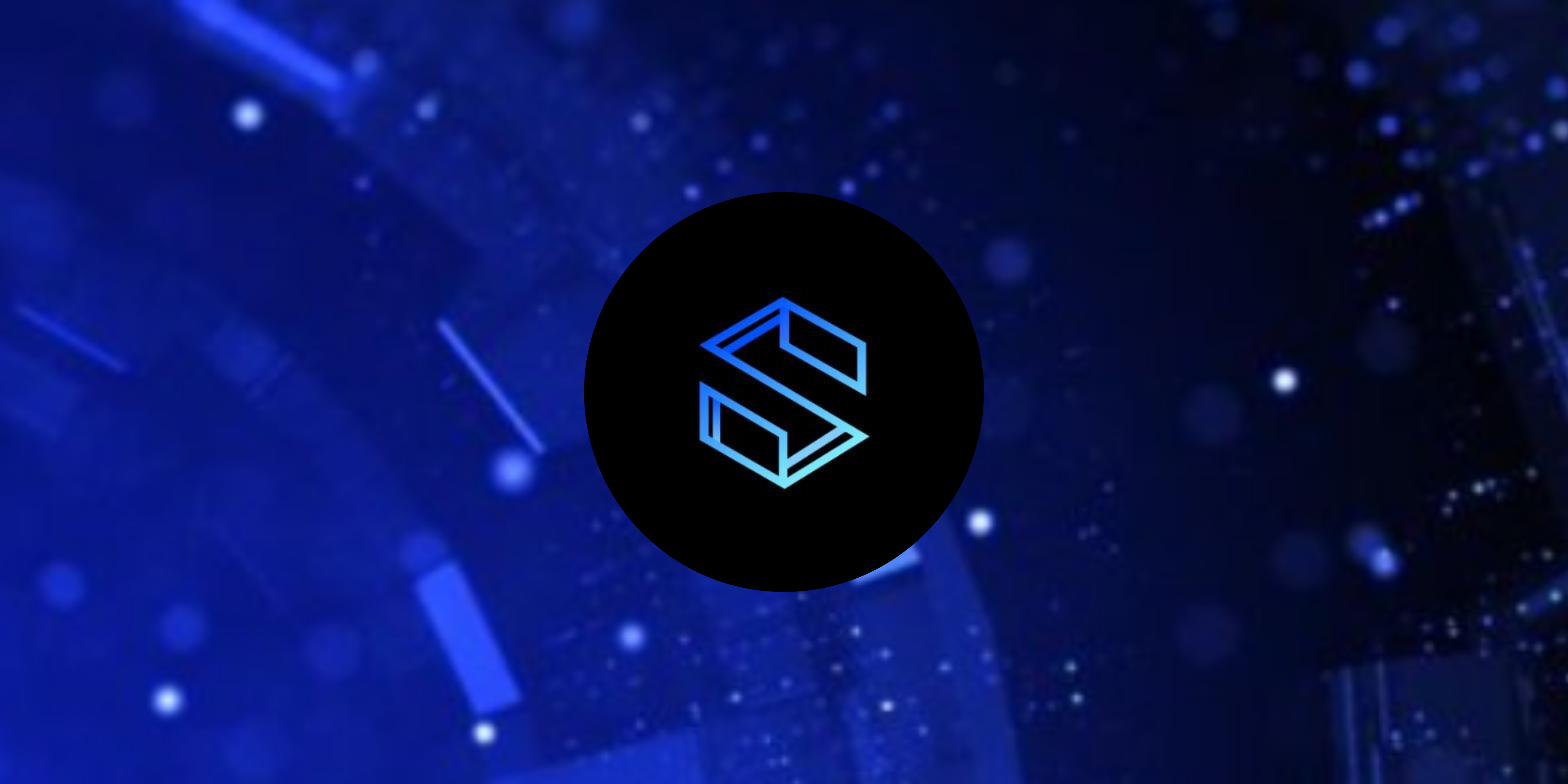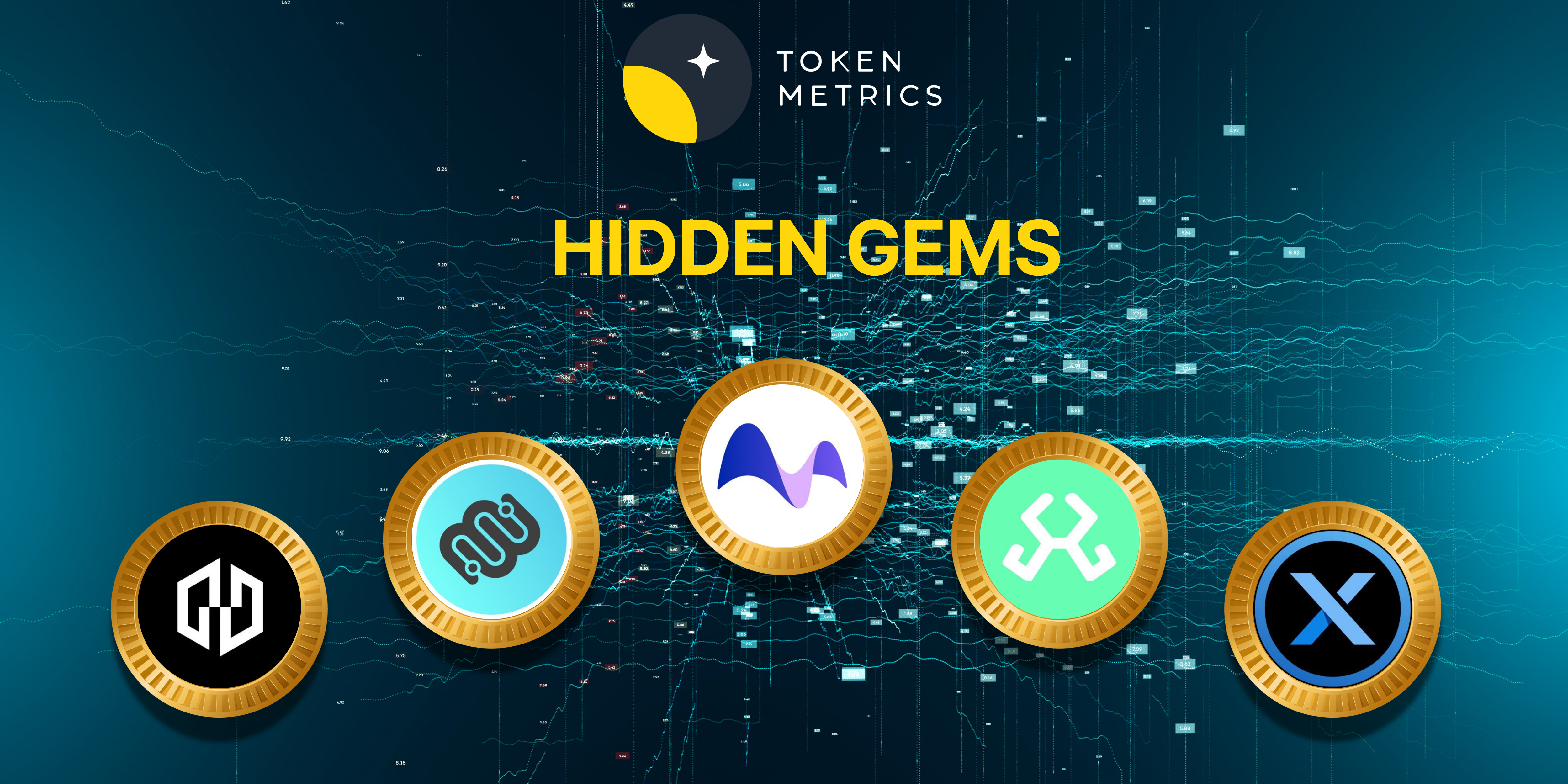Introduction
Swan Chain, previously known as FilSwan, is a blockchain infrastructure platform dedicated to bridging the gap between Web3 and AI. By leveraging OP Superchain technology, it integrates storage, computing, bandwidth, and payment solutions into a unified ecosystem. Its vision is accelerating AI adoption by establishing a decentralized AI computing market and supporting Web3 projects with scalable infrastructure.
Innovation
Swan Chain’s value proposition lies in its decentralized AI computing market, democratizing access to computational resources for AI training and deployment. Its Universal Basic Income (UBI) model for computing providers is a novel approach, ensuring consistent income streams and fostering sustained contributions. Furthermore, ecosystem products like MultiChain.storage for data storage and the Lagrange platform for decentralized computing reflect its commitment to innovation.
Architecture
Swan Chain’s protocol stack demonstrates a well-structured architecture to achieve scalability, efficiency, and decentralization.
- Consensus Layer: Supports contract execution and payment settlement.
- P2P Network: Enhances communication between nodes.
- Storage Layer: Integrates IPFS, Filecoin, Storj, and BNB GreenField for diverse storage needs.
- Computing Layer: Directs computational tasks to specialized providers.
- Payment Channels: Facilitates low-cost, rapid transactions.
- Governance: Manages operational policies, treasury allocation, and dispute resolution.
The integration of Kubernetes with blockchain enables seamless orchestration, while zero-knowledge (ZK) proofs ensure robust security and privacy.
Code Quality
Although the specific codebase was not publicly audited for this review, Swan Chain employs modern development standards, evident from its integration with ZK proofs, blockchain orchestration, and auction-based computing mechanisms. The modular design supports future enhancements and interoperability across chains, showcasing a forward-thinking approach to code maintainability and scalability.
Product Roadmap
Swan Chain’s roadmap outlines its ambitions to redefine AI and Web3 by delivering secure, high-performance resources. Goals include:
- Scaling the decentralized AI computing market.
- Expanding cross-chain payment integrations.
- Advancing ZK auction systems for both storage and computing tasks.
- These objectives align with its broader mission of fostering a sustainable and equitable ecosystem.
Usability
The platform’s design prioritizes user accessibility while maintaining high sophistication for technical users. Its auction-based task allocation and reputation systems simplify resource distribution, while multi-layered services (e.g., storage and computing) cater to diverse use cases. However, usability testing data would provide further insights into real-world adoption challenges.
Team
While details about the team were not explicitly covered, the development and deployment of such a sophisticated platform imply a technically proficient and experienced group. Reviewing team backgrounds, public contributions, and affiliations would enhance transparency.
Conclusion
Swan Chain is at the forefront of blending AI and blockchain, offering a robust decentralized computing and storage platform. Its innovative ZK auction systems, multi-chain payment support, and commitment to equitable computing markets make it a notable player in the AI and Web3 landscape. However, its success hinges on the practical implementation of its ambitious roadmap and the adoption of its decentralized ecosystem by both providers and users.
Swan Chain represents a promising vision, balancing innovation with utility, and stands poised to impact the future of AI and blockchain convergence.
| Initial Screening | |||
| Keep researching | |||
| Does this project need to use blockchain technology? | Yes | ||
| Can this project be realized? | Yes | ||
| Is there a viable use case for this project? | Yes | ||
| Is the project protected from commonly known attacks? | Yes | ||
| Are there no careless errors in the whitepaper? | Yes | ||
| Project Technology Score | |||
| Description | Scorecard | ||
| Innovation (Out Of 11) | 9 | ||
| How have similar projects performed? | Good | 2 | |
| Are there too many innovations? | Regular | 2 | |
| Percentage of crypto users that will use the project? | 6%-10% | 3 | |
| Is the project unique? | Yes | 2 | |
| Architecture (Out of 12) | 11 | ||
| Overall feeling after reading whitepaper? | Good | 2 | |
| Resistance to possible attacks? | Good | 2 | |
| Complexity of the architecture? | Not too complex | 2 | |
| Time taken to understand the architecture? | 20-50 min | 1 | |
| Overall feeling about the architecture after deeper research? | Good | 4 | |
| Has the project been hacked? | No | 0 | |
| Code Quality (out of 15) | 11 | ||
| Is the project open source? | Yes | 2 | |
| Does the project use good code like C,C++, Rust, Erlang, Ruby, etc? | Yes | 2 | |
| Could the project use better programming languages? | No | 0 | |
| Github number of lines? | More than 10K | 1 | |
| Github commits per month? | More than 10 | 2 | |
| What is the quality of the code? | Good | 2 | |
| How well is the code commented? | Bad | 0 | |
| Overall quality of the test coverage? | Good | 1 | |
| Overall quality of the maintainability index? | Good | 1 | |
| When Mainnet (out of 5) | 5 | ||
| When does the mainnet come out? | Mainnet | 5 | |
| Usability for Infrastructure Projects (out of 5) | 3 | ||
| Is it easy to use for the end customer? | Yes | 3 | |
| Team (out of 7) | 6 | ||
| Number of active developers? | 5+ | 2 | |
| Developers average Git Background? | Senior | 2 | |
| Developers coding style? | Solid | 2 | |
| Total Score (out of 55) | 45 | ||
| Percentage Score | |||
| Innovation | 16.36% | ||
| Architecture | 20.00% | ||
| Code Quality | 20.00% | ||
| Mainnet | 9.09% | ||
| Usability | 5.45% | ||
| Team | 10.91% | ||
| Total | 81.82% |





